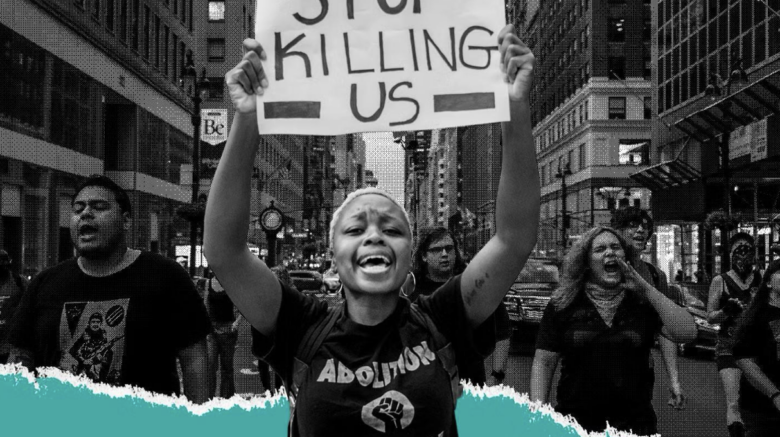Women’s Resilience in the Face of Violence
AUTHOR: Tanaaz Shahariyar
History is littered with stories of women, and their centuries of oppression and marginalization. From the witch hunts of the Middle Ages to the brutalities of slavery, to the current day, women have faced systemic violence and discrimination. Statistics paint a grim picture: an estimated one in three women worldwide have been subjected to physical or sexual violence in their lifetime, with marginalized communities facing even greater risks.
According to reports made by the collaborative eorts of the United Nations Oce on Drugs and Crime and UN Women, on average, 5 women are killed every hour, many of them by partners or someone in their own family. In 2021, 45,000 women were killed by their intimate partners or family members. That number increased in 2022 to 48,800–which means on average, 133 women or girls were killed everyday by someone in their own home. What makes matters worse is these numbers may be even higher–there is a lack of information and data collection when it comes to gender-based violence and data gathering from every country is not uniform.
In every corner of the globe, women face threats to their safety; from physical abuse to sexual assault, from domestic violence to femicide. It permeates every society, culture and socioeconomic class, perpetuating a cycle of fear and injustice. Yet, in the face of all these horrors, women have risen time and time again, demanding their rights, their dignity, and their safety. Alongside the horrors are stories of bravery and resilience, of resistance.
Women’s movements for rights and equality have been at the forefront of the struggle against violence, from the suragettes of the early 20th to the #MeToo movement of today. Women have been ghting for their rights throughout history, raising awareness of structural inequalities and calling for action and change. Numerous organizations, including Amnesty International, have advocated for women’s rights via research and direct calls for action.
Amnesty International has been a staunch ally in the ght for women’s rights, from supporting survivors of sexual violence in conict zones, to calling for an end to gender-based discrimination in laws and policies. Yet, despite the eorts of numerous organizations, the battle continues. With the Covid-19 pandemic, existing inequalities were exacerbated and for regions like South Asia where social inequalities were also marked with a range of other issues–the pandemic further aggravated the responsibilities on the women’s shoulders, adding to the work they had at home.
The pandemic however, also highlighted the resilience of these women, who were at the forefront, putting their own lives on the line to support others who were at greater risk. From the journalists in Afghanistan, who worked in challenging conditions to report on the pandemic, to the women leading the response to the pandemic in the Maldives, stories like these are everywhere.
Despite all the strength women have in ghting, and continuing to ght against all the injustice they face, they shouldn’t need to be so resilient in the rst place. Our goal should be to remove the inequalities they face entirely. It is a tall order, no doubt but every individual voice matters. Maybe we can’t ght against centuries of oppression and violence in a way that matters or will give us results in this lifetime, but that is not an excuse to not try at all.
Speaking out against violence, supporting survivors, listening to and centering the voices of women (especially those from marginalized communities who are disproportionately aected by violence), and advocating for change in our communities are small actions every person can contribute to. While governments and policymakers and multinational companies may hold a signicant amount of power, it is the common people whose attitudes and beliefs shape the narrative which is then perpetuated by those in power. In the end as Helen Keller once said, “Alone we can do so little; together we can do so much.”
Sources
https://www.unodc.org/unodc/en/press/releases/2023/November/more-women-and-girls-killed-in-2 022-even-as-overall-homicide-numbers-fall–says-new-research-from-unodc-and-un-women.html
https://www.unodc.org/unodc/en/press/releases/2023/November/more-women-and-girls-killed-in-2 022-even-as-overall-homicide-numbers-fall–says-new-research-from-unodc-and-un-women.html
https://www.amnesty.org/en/latest/news/2021/03/women-leaders-in-south-asia-responding-to-the-pa ndemic/
Photo illustration by Slate. Photo by Erik McGregor/LightRocket via Getty Images

